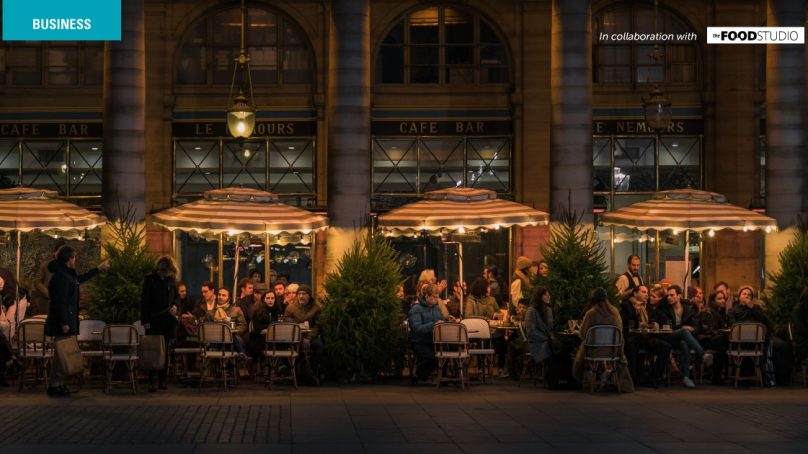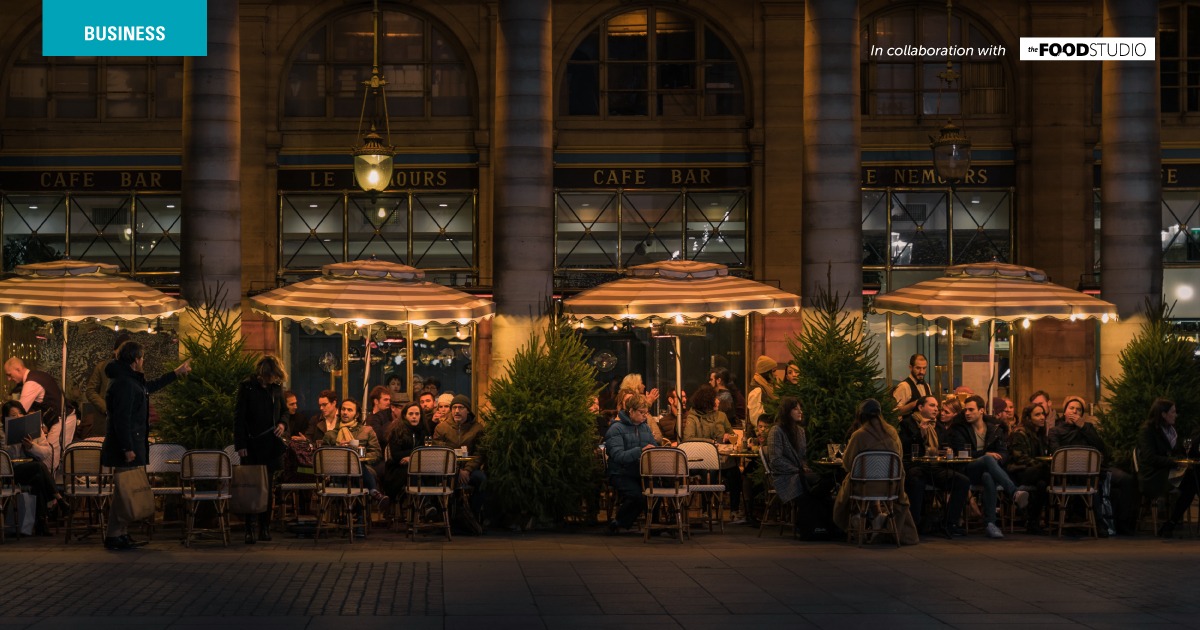

Businesses everywhere are eager to hire, especially due to the government support they are being given. To emerge triumphantly from the downturn, there are a number of strategies F&B firms should adopt.
Rebound: a collapse then a boom
The speed of the rebound has triggered confusion, shortages in supplies and in functional labor. In some areas, restaurant sales are back to pre-pandemic levels, but the industry is still short of employees. This poses a strategic, operational question: has the industry become more productive, or is the restaurant industry performing well with smaller teams, pushing employees to do more with less? In London, restaurants were forced to restrict trading hours due to a staffing crisis.
Fried egg to scrambled egg
The central business district (CBD) is the egg yolk. Workers used to commute, and most jobs are usually clustered in the yolk or around it. Then Covid-19 came along and scrambled things up. Before the pandemic, less than 5 percent of people worked from home. Employers didn’t really trust their staff to work remotely. During the pandemic, remote working became a necessity, and some companies have subsequently adopted a permanent work-from-home status. As a result, rents in prime CBD locations have gone down and business owners are looking beyond the yolk for new developments.
Beyond borders
The Covid-19 experience could also permanently change habits that may affect demand for real estate assets, such as F&B and hospitality properties, particularly in CBD areas. This has resulted in a large number of empty spaces that require little money to lease, prompting operators experiencing early recovery to consider penetrating new territories. An example of this is the restaurant scene in central London, which has seen an influx of concepts from the region.
In Saudi Arabia, the number of brands already signed is staggering. Operators from all corners of the world are battling to enter this market, and they will need to manage their staffing, location acquisition and supply chain very closely. Egypt has also been on the radar of regional operators. Sweating the assets
The pandemic accelerated the ghost kitchen market, and many restaurateurs restructured their companies to offer delivery only, operating several concepts out of tiny restaurant kitchens. At the time, it yielded great results, but now that the industry is in full recovery mode and restaurants are opening their doors to dine-in clients, some business owners are doing it all: maintaining the brands they created and operated as delivery-only concepts during the lockdowns and serving clientele their all-time favorites. By doing this, operators are spreading themselves and their assets thin. This might impact both the dine-in business as well as the concepts they worked so hard to create and maintain during the crisis. The solution to this is managing volume or work and growth as well as migrating the delivery-only concepts to a proper cloud kitchen operation.
Dark kitchens and the collaborative economy
Ghost kitchens that deliver “kitchen-only” concepts have grown exponentially during the pandemic. Recently, we have seen more award-winning chefs embark on this venture.
Redefining the retail experience through F&B
When it comes to unique customer experiences, more retailers are turning to food and beverage services to add something extra to their operations. Whether it’s a sit-down restaurant or a quick-service counter, retailers are finding success with these partnerships. Regional retail moguls are looking into this space. We have seen it with “Crate & Barrel” and others in the UAE, and it is spilling over rapidly into KSA. If executed well, an F&B offering can have a transformative design effect on a retail space, turning what could be an uncomfortable, stressful experience into an opportunity to socialize, relax and spend more.

Gebran N. Bekhazi,
Managing partner of The Food Studio












